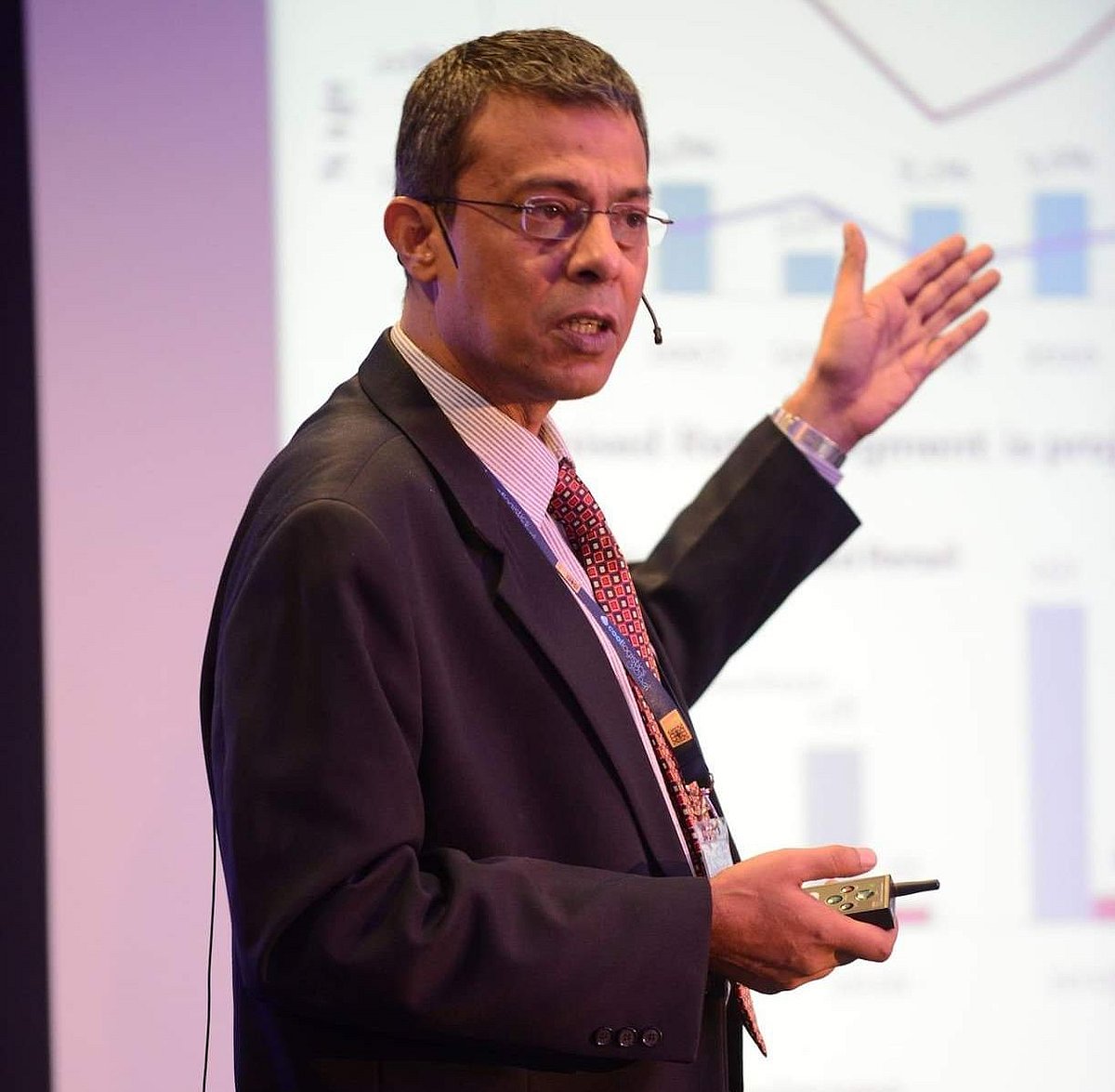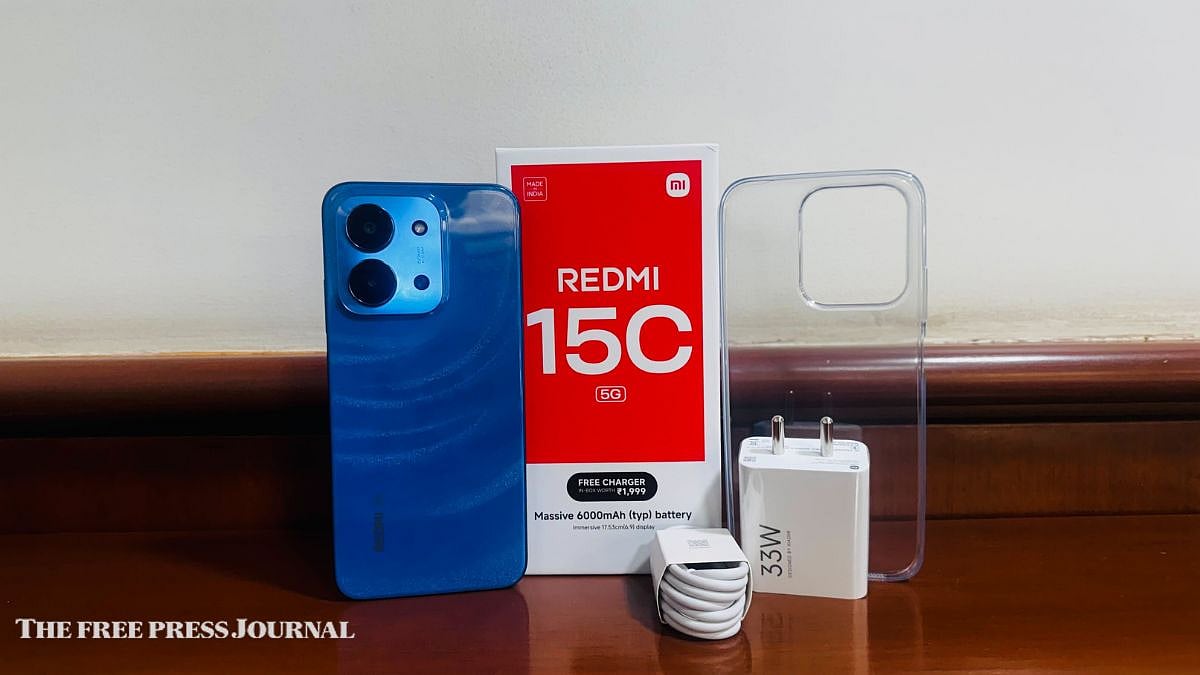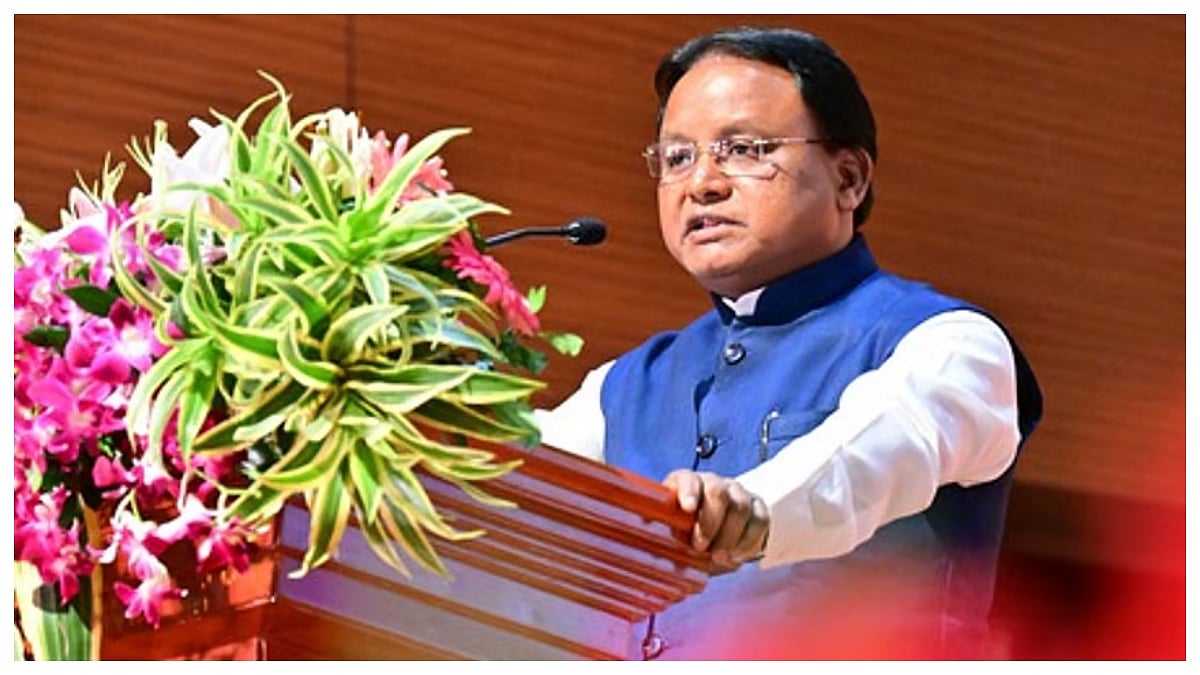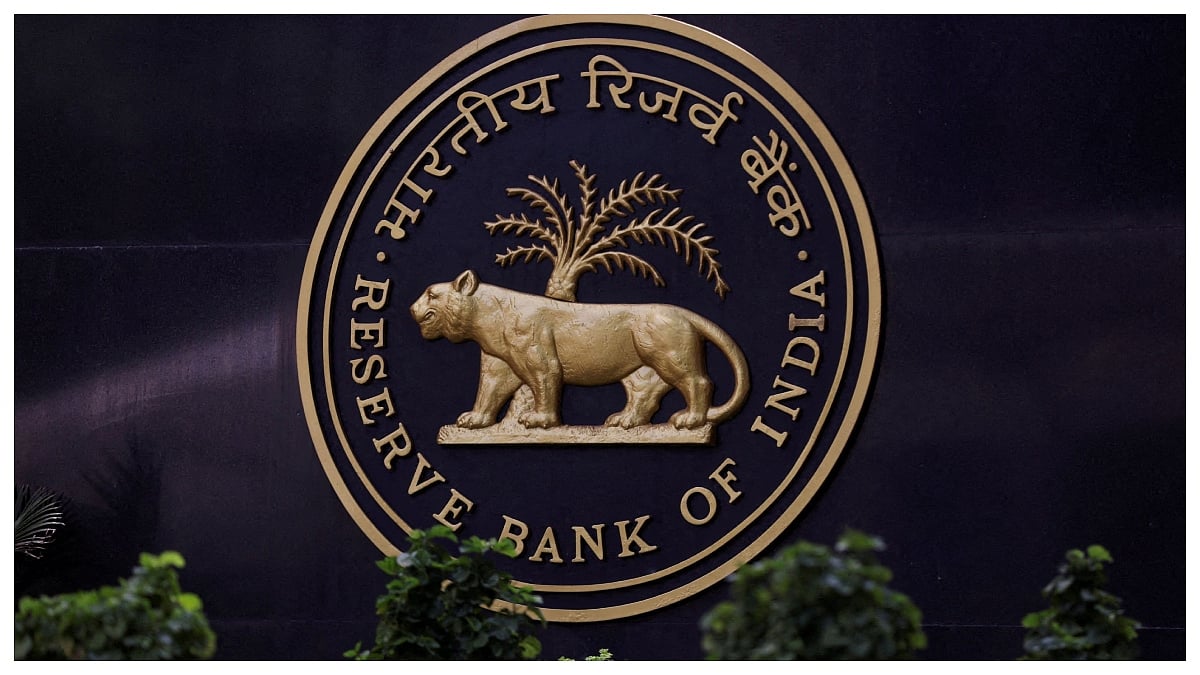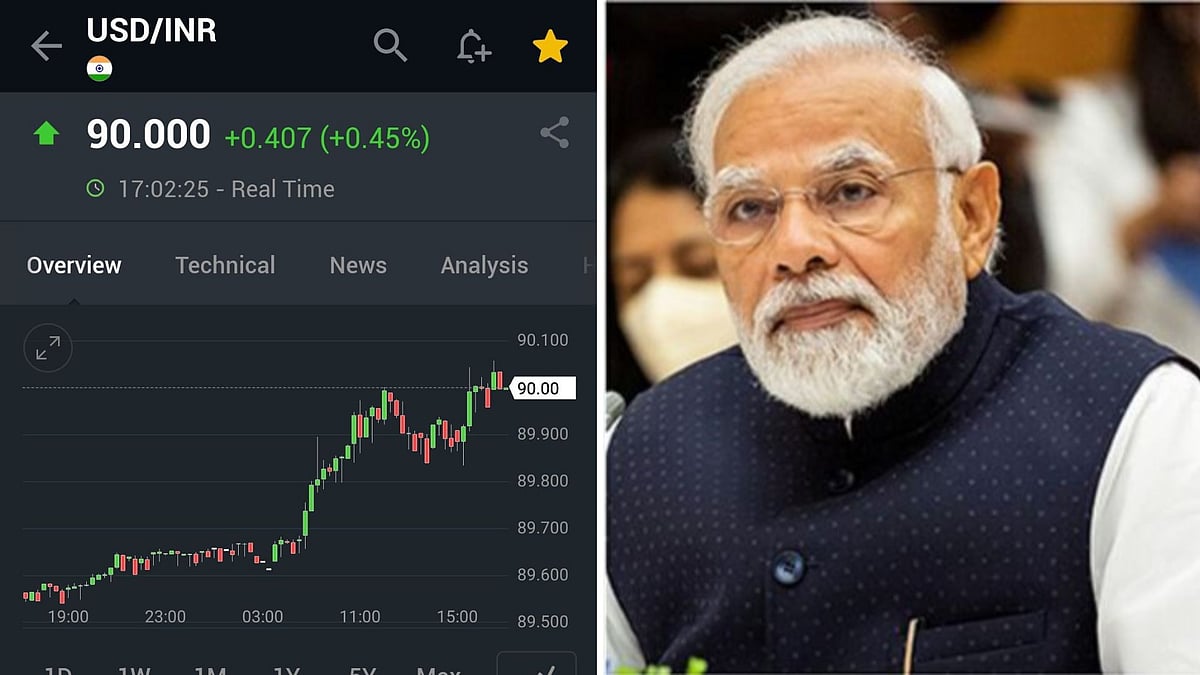The face of National Centre for Cold-chain Development (NCCD), Pawanexh Kohli, resigned at the start of the ongoing year. But his knowledge in the farm sector, especially in the cold chain, is still appreciated by many. For many years, Kohli has written several papers on doubling farmer’s income and in today’s context, the relevance to it becomes stark. With a large number of workforce migrating to rural India, there is a need for the government to look at ways to provide livelihood and development in rural India. Kohli explains to Free Press Journal’s Jescilia Karayamparambil about the development that India will need.
How can the government look at making the best of the reverse migrated labourer that has taken place?
Reverse migration means that there is surplus workforce in rural India, conjoined with the fact that the operations all across India have shut down. This includes operations on farms as well. Usually, one of the biggest issues around farming was that there was a shortage of labour and the cost of labour was high. Here is an opportunity for the government which wishes to pump in more money at the village level. In my opinion, the government should look at this shift in manpower as an advantage. It should include harvesting operations under the Mahatma Gandhi National Rural Employment Guarantee Act (MGNREGA). So, this manpower is utilised, and the crops that are waiting to be harvested are picked. The priority here will have to be for perishables, which also have to be quickly moved to the markets.
Even after the lockdown is lifted, there will remain a certain level of fear among people. So, it means that the same numbers are not going to rush back to the cities. This episode will be ingrained in the minds of the people for some time. And the partial lifting of lockdown will not be able to absorb all the labourers back in city jobs. So, the government will need to look at ways of providing livelihood to these people. This would mean manufacturing, and infrastructure development at the city level will suffer, but that is also the opportunity to move these activities to the village level.
Giving more priority to rural India in the coming years will be essential and will benefit the economy. This is mainly because the lower population density allows space to follow social distancing, while at the same time, much needed rural development can be given the proper thrust.
This is time we give impetus to rural development and while most of the migrated labourers are semi-skilled or not skilled, yet they can contribute in building rural India.
We need to realise that civilisation exists due to agriculture and if no one pays heed to that, then people in the urban landscape also cannot survive.
Do you mean the government will have to reallocate resources to build rural India?
Yes, we cannot go on as in the past, as though nothing has happened. The government will have reassess priorities and revisit fund allocations. The reality is that funds are limited and the trick is the need assessment and understanding priorities. Firstly, the funds should be reappropriated to the highest impact area and that is basically in places where people are impoverished. Coincidentally, mainly agrarian areas and the investments should also be planned such as to boost the agrarian economy. Second would be for welfare purposes which means investment in social infrastructure like rural hospitals should take place.
Will the farm sector be able to absorb this huge workforce? Would focusing on the cold chain sector be an option?
Any one sector will not absorb that labour. This large workforce will have to be spread across multiple sectors. While the cold chain is one such, there will have to be other options that need to be explored. The government’s decision to start 30,000 packhouses is an opportunity. It will ramp up employment opportunities. This means core activity at the village level, that is farming, gets the right facility to connect with any market in the world. This kind of gross capital formation at the village level is most needed investment. That was the point of Gramin Agricultural Markets (GrAMs) – aggregation and dispatch hubs and not merely as transactional markets. These concepts remain relevant even today.
GrAMs will need ancillary services and that too will give more entrepreneurial and employment opportunities.
This is time to modernise the part of India that was left out. Such interventions will help ease the massive migration to urban India. It is not about urbanising rural India but modernisation of rural India.
India has a National Food Security Act in place. But still, India is struggling to feed the labourers, helpless and others. Where is the lag? And does that mean our act is not working during a crisis (when it is really testing time)?
At present, the government’s purpose of giving money to needy people is so they can buy food. If the purpose is provide for food, then instead of holding 80 million tonnes of strategic buffers, it is better to deliver this to the people in this time of need. The very fact that we have a strategic buffer of food grain, shows our strength. Since there is a lockdown, having money will not suffice if food is not available. Let us focus on making the food available.
The point of the Act was that no one should be hungry, the act is valid even today. This crisis tells us that we were safe in terms of food grain at the time when it is needed. Over the years, the country has moved from food security to nutritional security and there was a push to also provide milk, fruits and vegetables.
Look at Europe, which imports nearly 50 per cent of its food. In 2015 I had mentioned that if tomorrow exporting countries decide to stop supplies to them, they will face a crisis. Today, the pandemic has hit the trading channels restricting supplies into Europe and a food crisis looms. Luckily at the moment, India does not have such a challenge. Only India has to harvest the crops and start moving it.
It is important we ensure food is supplied to demand. The food that is stored in smaller warehouses may now need to be sent backwards in some cases.
We have enough food to feed everyone. We have to be outcome-oriented, not merely transactional minded. And that is the problem.
During this pandemic, what are the other things you feel authorities should look at?
One has suggested models that evaluate the risk of infection based on the population density and incidence of infections across regions. I am sure many countries, would be developing such models to study the spread.
More importantly, today the world is talking about developing a vaccine for COVID 19. And when the vaccine comes, we cannot go unprepared with the delivery mechanism. There is the need and the time to plan ahead extensively for this. Citizens cannot be called to existing hospitals or other facilities for the vaccine, as it may only aid the spread of the disease. Instead, we will have to take the vaccine to each doorstep, somewhat in lines with the immunisation programme that is done in India. But this time it will have to be a lot more robust due to the timeline and infectiousness of the disease. The food cold chain can also be roped in for this purpose.
